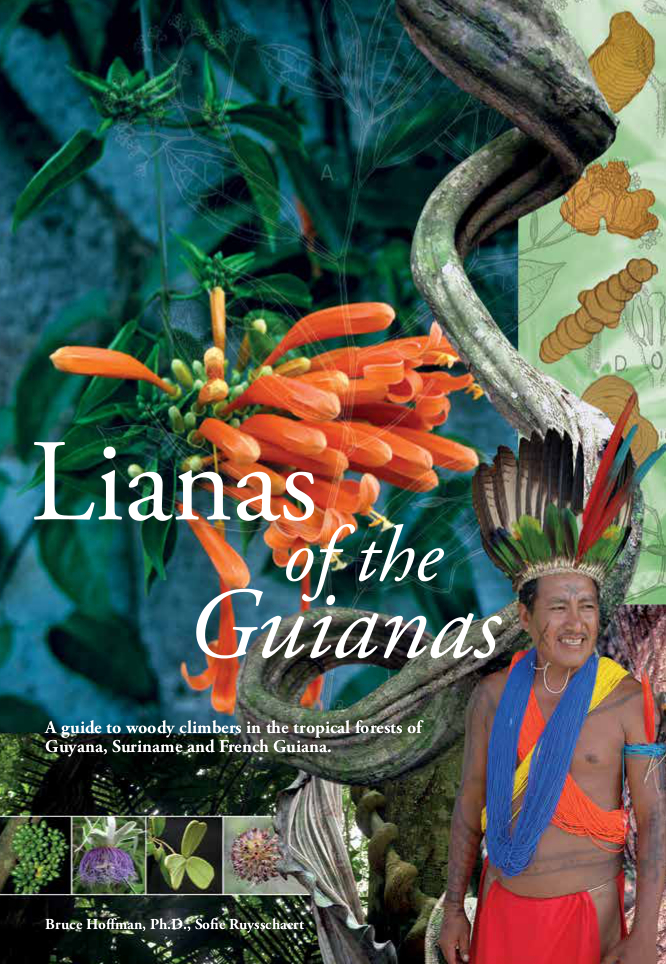Beschrijving
Lianen zijn iconische symbolen van het tropisch regenwoud. In de oerwouden van de Guianas bestaat 25-45% van de vegetatie uit deze houtige klimplanten. Dit standaardwerk behandelt bijna 400 soorten lianen. De commerciële bosbouw ziet lianen vaak als hinderlijk onkruid, maar de planten zijn van groot belang als medicijn en bouwmateriaal voor de inheemse bevolking. Dit indrukwekkende boek, waar meer dan 20 jaar aan is gewerkt, is in eerste instantie bedoeld voor botanisten en andere onderzoekers. Vanwege het gebruik van talrijke illustraties en symbolen is het zeker ook geschikt voor andere belangstellenden.
description
Lianas (woody vines) are iconic symbols of tropical forests around the world. These plants use the energetically expensive investment of trees in woody stems to gain relatively inexpensive access to the light-rich canopy. The evolution of a climbing habit has occurred in many unrelated plant groups using twining and clasping shoots or specialized structures such as tendrils, hooks, spines, adhesive roots, and internal stem anatomy. Lianas contribute significantly to tropical forest diversity (25-40% of species), carbon sequestration, biomass, plant-animal interactions and forest gap dynamics. Although they are often considered pests in commercial forestry, woody climbers are important to many traditional peoples as medicines, subsistence fibers and non-timber forest products. Largely due to their inaccessibility, lianas and other climbers remain among the most poorly documented lifeforms in the tropics.
This book aims to facilitate learning and identification of woody climbers of the Guianas (Guyana, French Guiana, and Suriname) for specialists and non-specialists by using an image-rich format, common and scientific names, simplified botanical terminology, and character icon guides, and by describing ecology and uses. Chapters are organized alphabetically by plant family and names follow the APG III classification. Growth-forms include woody and subwoody lianas, liana-like hemi-epiphytes, and climbing or clambering shrubs. Forty-four plant families, 175 genera and almost 400 species are described in detail,
with more than 1,300 species (including herbaceous climbers) in a comprehensive regional checklist. The primary focus of the guide for identification is upon family and genus recognition, but identification of common species will be possible in many cases.
